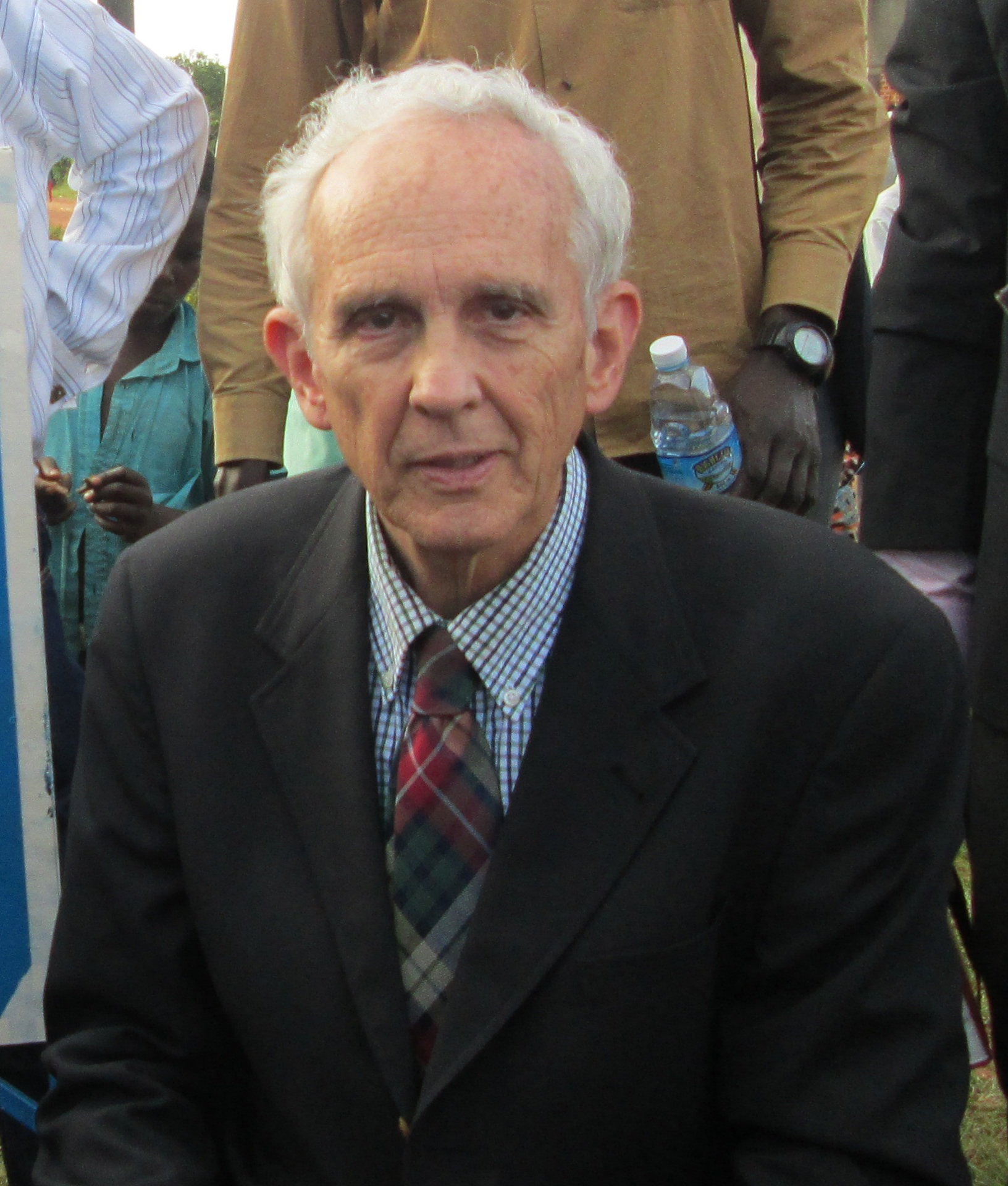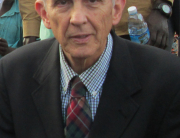by Dr. Gregory Bartha
October 12, 2016
A major challenge for us in recent months (Ugandans use the word challenge instead of problem) has been the number of patients requiring surgery. I’ve observed a number of children with osteomyelitis. This is a bone infection that develops after trauma when there is a fracture in which healing is delayed; the infection then sets in. This is a particularly difficult problem because antibiotics diffuse into bones only slowly, and bacteria are often not eradicated. Surgery to remove the infected bone and pinning of the healthy bone may be required. This problem can continue for years and eventually, amputation may be required. The healing process is slow and patients must endure much pain and disability.
There are also many gynecological problems that may require surgery. These include chronic pelvic infections, abscesses, cysts, and cancer. Hernias and goiters are common. Recently, two children presented with hydrocephalus. This is caused by a blockage of the normal flow surrounding the brain. Pressure increases cause bulging of the spaces between the skull bones and enlargement of the head. Treatment involves placing a shunt into the space around the brain. The shunt is tunneled under the skin and the fluid is drained into the abdominal cavity. This procedure is done in Mbale at the Cure Hospital, which has trained neurosurgeons on staff. This is a charity hospital. The charge for the procedure is about $300. The true cost is $1,800, but the charity covers the difference. Results are uniformly excellent with the head size reducing and the child’s performance improving.
We have also encountered a number of very ill patients in the clinic – one with a meningitis complicating ear infection, several with severe peptic ulcer disease, a number of cases with complicated pneumonia, and of course, many cases of malaria.
One of the duties assigned to me by Pastor Simon Peter is to give a sermon every Sunday. Each week, I preach at a different location. Some places are established churches and others are simple shelters. I’ve given some sermons under a mango tree. The congregations are always enthusiastic. There is much praise music, frequently accompanied by traditional instruments. On Easter Sunday, Pastor Simon Peter invited me to dinner at his home. Afterwards, we went to view the Nyero rock paintings outside of Kumi in eastern Uganda. These primitive paintings were made in caves and range from 2000-5000 years in age. They depict the sun, moon and various animals. The site is protected by the Ugandan government. A guide is assigned to each tour group and tells the history of the paintings. The oldest is the most famous and is pictured on the Ugandan 1000 shilling note. It was painted on the ceiling of the cave. The opening of the cave looks out over a beautiful landscape of trees and green fields.
In late February, I took another hike with James, a clinical officer who works with me at the Cross Clinic. The hike this time was on the Mt. Elgon complex, which is in the Mbale area. The mountain rises to 13, 451 feet (4100 meters) and has extensive rain forests. There are reported to be elephants and leopards on the mountain. Elgon is a Kenyan word meaning people who raise crops and tend animals. We took a short hike of 3 miles (5 kilometers) through the rainforest. Again, there were huge trees and a dense growth of vines and trees. We saw no animals, but the day was beautifully clear and we had an impressive view of the country below us. We also entered a large cave that was the site of native rituals.
Some of my work involves providing assistance to pastors of local Presbyterian churches. The pastors had a number of challenges including family support, finding funds to help widows and orphans in their congregations and visiting the sick. Pastor Simon Peter and I are helping them start projects that would provide income for them to support these activities. We have given grinding mills to two churches recently and have helped start poultry, pig rising and brick making projects. With money I have contributed, several pastors in the Soroti area (about 60 miles north of Mbale) have created a fund from which they can borrow money to start projects. They later repay the money with interest. The amount of money in the fund grows and can support more projects and help more churches.
At the present time, I am helping to support four primary schools, one secondary school, one vocational school, one orphanage with 50 children, a clinic and a hospital under construction. The financial requirement is substantial. Pastor Simon Peter and I are working on ways to sustain the work, including a radio station that is under development. Also, the information technology person with the organization is in the process of buying property and constructing some houses and offices to bring in income. This emphasis on sustainability is essential, since the organization cannot rely on the contributions of a few individuals. I am also working on ways to enhance fundraising.






Recent Comments